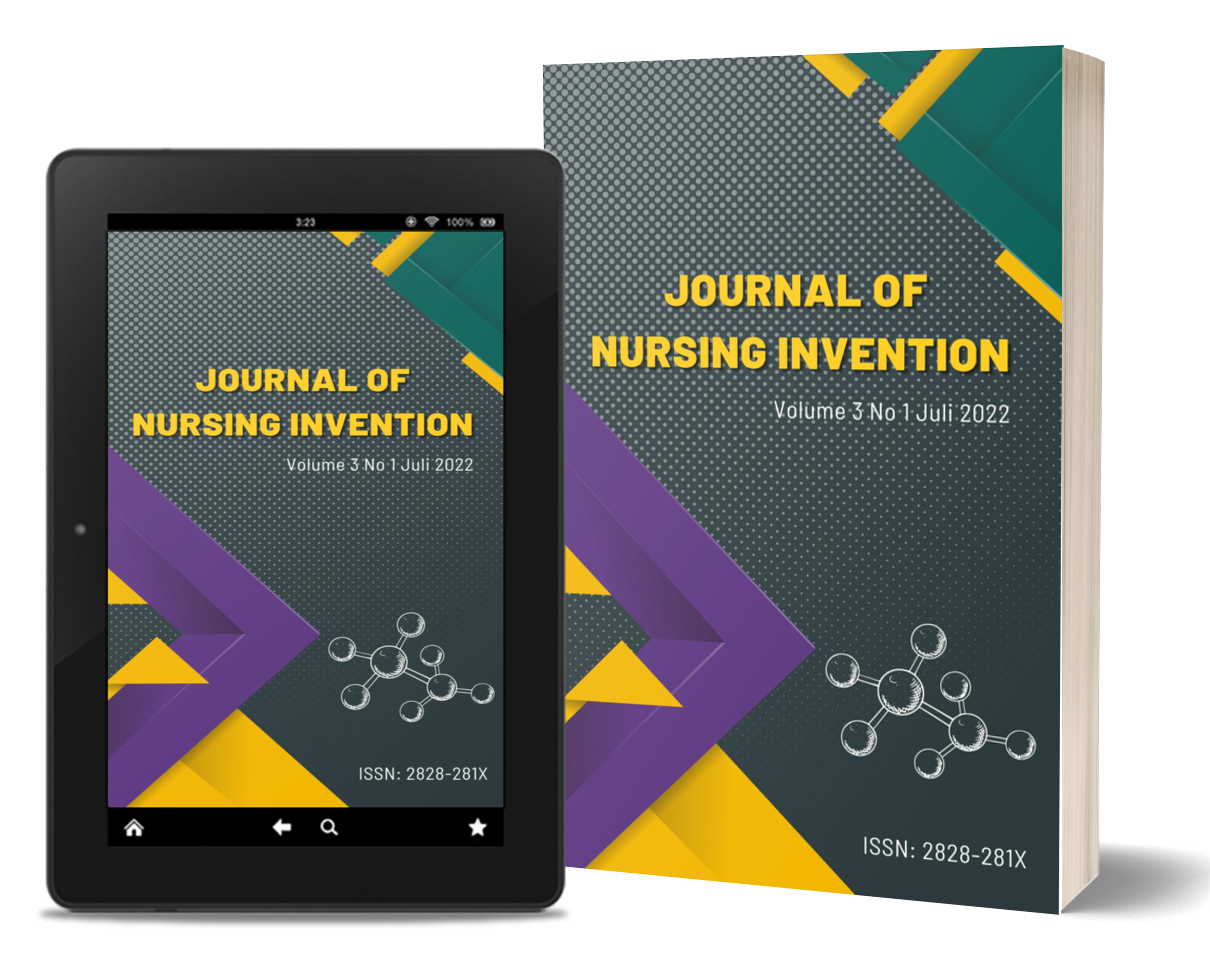O Overview of Nurses' Knowledge of the ESI (Emergency Severity Index) Method in the Emergency Room of RSUD X
DOI:
https://doi.org/10.33859/jni.v3i1.194Keywords:
Knowledge, Emergency Room, Emergency Severity IndexAbstract
Background: The problem that is often encountered in hospitals is that many patients are given actions that are not in accordance with the emergency criteria and priority policies that must be handled by nurses, so that it can cause overcrowding. Meanwhile, emergency room services require fast and precise services. One of them is the ESI triage (Emergency Severity Index) which is currently being implemented in America with the advantage of faster, more precise patient identification and without the need to wait for a triage doctor.
Objective: The purpose of this study was to identify a description of the level of knowledge of nurses about the ESI method.
Method: This research method uses descriptive with total sampling technique. The research sample is 35 nurses who work in the emergency room of RSUD X and data collection is done using a questionnaire sheet.
Result: The results obtained were that the majority of ER nurses had a good level of knowledge. Most of the ER nurses at RSUD X are 27-37 years old with a good level of knowledge, nurses are highly educated S1 and D3 Nursing, most of the sexes of nurses are male, most of the length of work carried out by nurses is fast (7 hours) and good knowledge who attend training.
Conclusion: The conclusion of this study is that the level of knowledge of nurses is good about triage. Suggestions for nurses, who still do not understand ESI, to attend training and better understand how it is applied.
Downloads
References
Alamsyah. (2021). Pasien Tentang Sistem Triage Ke Igd Di Indonesia Adalah Dengan Jumlah Rumah Sakit Umum Dimana Pasien Digolongkan. 4(July 2020), 76–87.Ariyani, H., & Rosidawati, I. (2020). Literature Review : Penggunaan Triase Emergency Severity Index(ESI) di Instalasi Gawat Darurat (IGD). Jurnal Kesehatan Bakti Tunas Husada: Jurnal Ilmu Keperawatan, Analis Kesehatan, Dan Farmasi, 20(2), 143–152.Asyiah, N. (2020). HubunganPengetahuan Perawat Terhadap Pengambilan Keputusan Untuk Menentukan Triase di IGDBanoet, S. N., Harmayetty, H., & Hidayati, L. (2019). Efektifitas Penggunaan ATS (Australasian Triage Scale) Modifikasi Terhadap Response Time Perawat Di Instalasi Gawat Darurat. In Critical Medical and Surgical Nursing Journal (Vol. 8, Issue 1). https://doi.org/10.20473/cmsnj.v8i1.12618Ganjali, R. (2020). Saeid Eslami EB. Accuracy of the Emergency Department Triage System using the Emergency Severity Indexfor Predicting Patient Outcome;A SingleCenter.doi:10.30476/BEAT.2020.46452.JournalGunawan, I., Palupi, A.R. (2014). Taksonomi Bloom –Revisi Ranah Kognitif: Kerangka Landasan Untuk Pembelajaran, Pengajaran, Dan Penilaian. (Online) Tersedia: file:///D:/revisi-taksonomi-bloom. (21 Januari 2016)Istizhada, A. E. N. (2019). Gambaran Respon Time dan Lama Triage di Instalasi Gawat Darurat Rumah Sakit Baladhika Husada Jember. Skripsi, 1, 119.Ismail, A. (2017). Ir-perpustakaan universitas airlangga.Kementerian Kesehatan RI. (2017). Situasi Tenaga Keperawatan Indonesia. In Pusat Data dan Informasi Kementerian Kesehatan http://www.depkes.go.id/resources/download/pusdatin/infodatin/infodatin perawat 2017.pdfLestari, N. D. A. (2018). Gambaran Pengetahuan Keluarga Dalam Merawat Anggota Keluarga Dengan Komplikasi Gangre. Skripsi, 5–29.Wibowo, D. (2020). Efektifitas Penulisan Dokumentasi Triase Emergency Severity Index(ESI) dengan Canada Triage Acuity Scale (CTAS) terhadap Ketepatan PrioritasTriase Pasien oleh Mahasiswa Ners STIKES Cahaya Bangsa di IGD RSUD Ulin Banjarmasin. Jurnal Kesehatan Indonesia (The Indonesian Journal of Health), X(2), 60–65.
Downloads
Published
How to Cite
Issue
Section
License
Copyright (c) 2022 Journal of Nursing Invention

This work is licensed under a Creative Commons Attribution 4.0 International License.


















